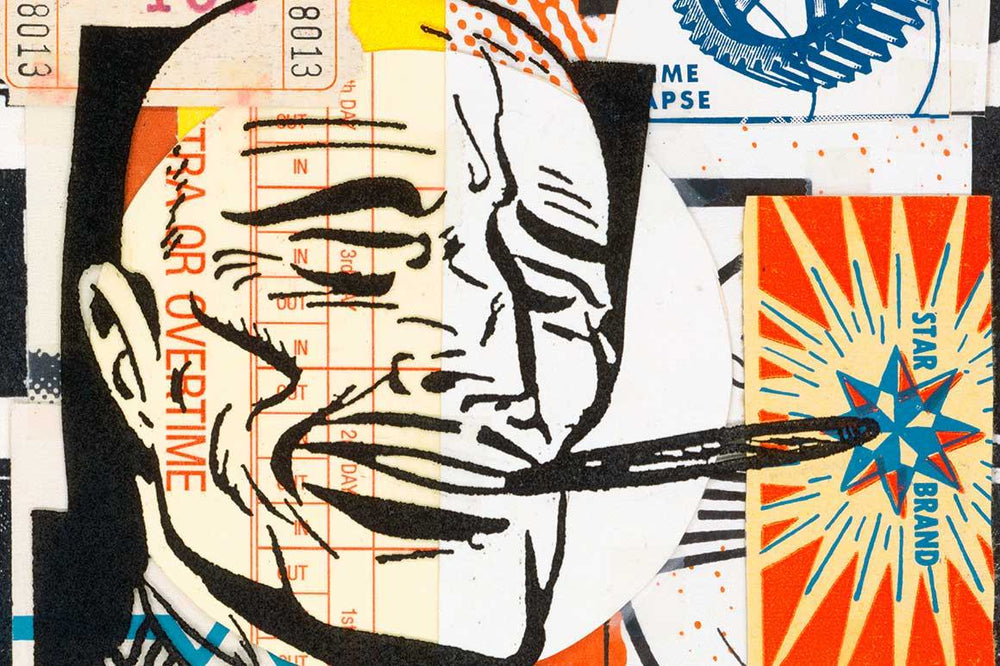When I opened RetroSupply 10+ years ago, I believed some artists held a secret to finding their style.
After teaming up with hundreds of artists, I've learned there are no secrets.
Maybe a little luck. But no secrets.
There are 5 steps I've noticed all artists and designers with strong styles follow.
Stick with me as I share a guide to discovering your own style. This guide draws on tips from top artists, famous books on creativity, and my decade of experience running RetroSupply.
Ready to dive in? Let's go!
1. Surround yourself with inspiration
Create an environment that fuels your creativity.
Make it part of your life and creative practice to curate things you love. This includes art, packaging, toys, books, and pop culture artifacts.
Here are a few places to start looking:
- Antique stores
- Garage sales
- Old boxes with items from your past
- Online auctions
- Quirky shops you're drawn to
Check out one small section of my friend Brad Woodard of Brave the Woods workspace...


